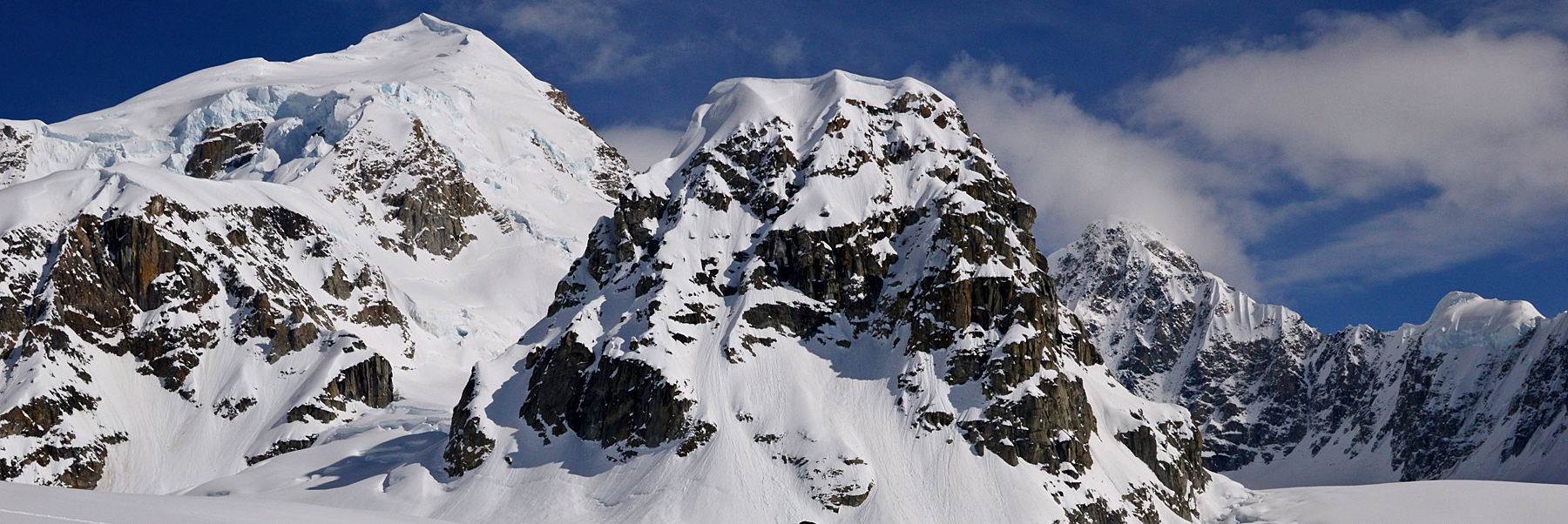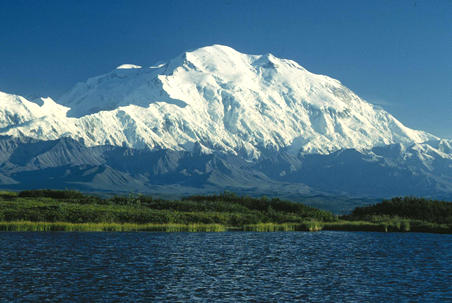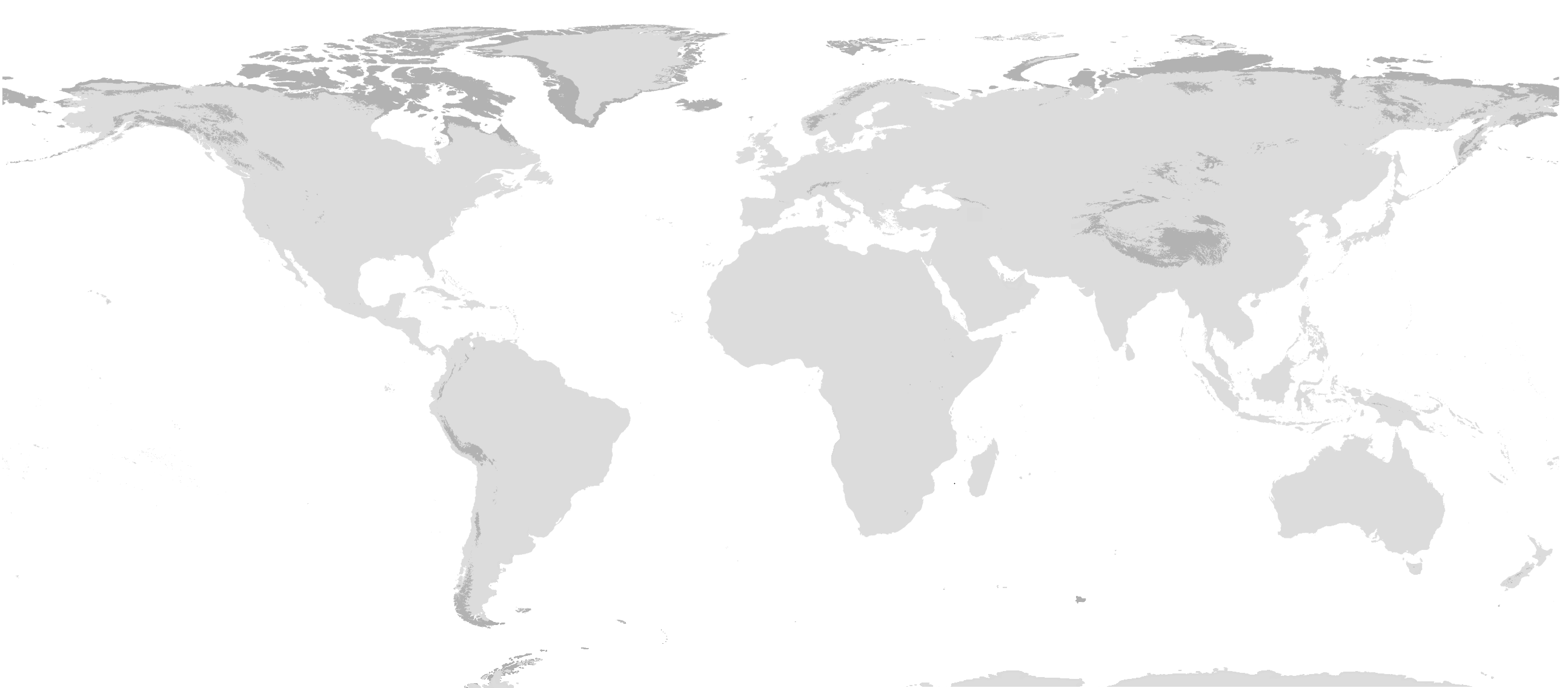|
Kahiltna Queen
Kahiltna Queen is a mountain summit in the U.S. state of Alaska. Description Kahiltna Queen is located 140 miles (225 km) north of Anchorage in Denali National Park and the Alaska Range. It is situated east of the Denali Base Camp for mountaineers attempting to climb Denali, Mount Foraker, or Mount Hunter. Kahiltna Queen is set south of Denali's summit, south of Kahiltna Peaks, and northeast of Hunter. Access to the area is via air taxi from Talkeetna. The peak has the shape of a steep glacial horn sculpted by three glaciers as it rises above the heads of West Fork Ruth Glacier, Southeast Fork Kahiltna Glacier, and the Tokositna Glacier. Topographic relief is significant as the summit rises above the Tokositna Glacier in one-half mile (0.8 km). The peak ranks as the 54th-highest summit in Alaska. [...More Info...] [...Related Items...] OR: [Wikipedia] [Google] [Baidu] |
Alaska
Alaska ( ; russian: Аляска, Alyaska; ale, Alax̂sxax̂; ; ems, Alas'kaaq; Yup'ik: ''Alaskaq''; tli, Anáaski) is a state located in the Western United States on the northwest extremity of North America. A semi-exclave of the U.S., it borders the Canadian province of British Columbia and the Yukon territory to the east; it also shares a maritime border with the Russian Federation's Chukotka Autonomous Okrug to the west, just across the Bering Strait. To the north are the Chukchi and Beaufort Seas of the Arctic Ocean, while the Pacific Ocean lies to the south and southwest. Alaska is by far the largest U.S. state by area, comprising more total area than the next three largest states ( Texas, California, and Montana) combined. It represents the seventh-largest subnational division in the world. It is the third-least populous and the most sparsely populated state, but by far the continent's most populous territory located mostly north of the 60th paralle ... [...More Info...] [...Related Items...] OR: [Wikipedia] [Google] [Baidu] |
Topographic Relief
Terrain or relief (also topographical relief) involves the vertical and horizontal dimensions of land surface. The term bathymetry is used to describe underwater relief, while hypsometry studies terrain relative to sea level. The Latin word (the root of ''terrain'') means "earth." In physical geography, terrain is the lay of the land. This is usually expressed in terms of the elevation, slope, and orientation of terrain features. Terrain affects surface water flow and distribution. Over a large area, it can affect weather and climate patterns. Importance The understanding of terrain is critical for many reasons: * The terrain of a region largely determines its suitability for human settlement: flatter alluvial plains tend to have better farming soils than steeper, rockier uplands. * In terms of environmental quality, agriculture, hydrology and other interdisciplinary sciences; understanding the terrain of an area assists the understanding of watershed boundaries, ... [...More Info...] [...Related Items...] OR: [Wikipedia] [Google] [Baidu] |
Mountains Of Matanuska-Susitna Borough, Alaska
A mountain is an elevated portion of the Earth's crust, generally with steep sides that show significant exposed bedrock. Although definitions vary, a mountain may differ from a plateau in having a limited summit area, and is usually higher than a hill, typically rising at least 300 metres (1,000 feet) above the surrounding land. A few mountains are isolated summits, but most occur in mountain ranges. Mountains are formed through tectonic forces, erosion, or volcanism, which act on time scales of up to tens of millions of years. Once mountain building ceases, mountains are slowly leveled through the action of weathering, through slumping and other forms of mass wasting, as well as through erosion by rivers and glaciers. High elevations on mountains produce colder climates than at sea level at similar latitude. These colder climates strongly affect the ecosystems of mountains: different elevations have different plants and animals. Because of the less hospitable terrain a ... [...More Info...] [...Related Items...] OR: [Wikipedia] [Google] [Baidu] |
Mountains Of Denali National Park And Preserve
A mountain is an elevated portion of the Earth's crust, generally with steep sides that show significant exposed bedrock. Although definitions vary, a mountain may differ from a plateau in having a limited summit area, and is usually higher than a hill, typically rising at least 300 metres (1,000 feet) above the surrounding land. A few mountains are isolated summits, but most occur in mountain ranges. Mountains are formed through tectonic forces, erosion, or volcanism, which act on time scales of up to tens of millions of years. Once mountain building ceases, mountains are slowly leveled through the action of weathering, through slumping and other forms of mass wasting, as well as through erosion by rivers and glaciers. High elevations on mountains produce colder climates than at sea level at similar latitude. These colder climates strongly affect the ecosystems of mountains: different elevations have different plants and animals. Because of the less hospitable ... [...More Info...] [...Related Items...] OR: [Wikipedia] [Google] [Baidu] |
Radio Control Tower
Radio Control Tower is an elevation nunatak located in the Southeast Fork Kahiltna Glacier valley in the Alaska Range, in Denali National Park and Preserve, in the U.S. state of Alaska. It is situated west of the Kahiltna base camp for mountaineers attempting to climb Denali or Mount Hunter (Alaska), Mount Hunter. Access to the area is via air taxi from Talkeetna. Radio Control Tower is set south of Denali, northwest of Mount Hunter, and southeast of Mount Frances. Climate Based on the Köppen climate classification, Radio Control Tower is located in a subarctic climate zone with long, cold, snowy winters, and cool summers. Temperatures can drop below −20 °C with wind chill factors below −30 °C. The months May through June offer the most favorable weather for climbing or viewing. References {{reflist External links * Localized weatherMountain Forecast [...More Info...] [...Related Items...] OR: [Wikipedia] [Google] [Baidu] |
Mount Huntington (Alaska)
Mount Huntington is a striking rock and ice pyramid in the central Alaska Range, about 8 miles (13 km) south-southeast of Denali. It is also about 6 miles (10 km) east of Mount Hunter, and two miles west of The Rooster Comb. While overshadowed in absolute elevation by Denali, Huntington is a steeper peak: in almost every direction, faces drop over in about a mile (1.6 km). Even its easiest route presents significantly more technical challenge than the standard route on Denali, and it is a favorite peak for high-standard technical climbers. Mount Huntington was first climbed in 1964 by a French expedition led by famed alpinist Lionel Terray, via the Northwest Ridge, from then on also called the French Ridge. The second ascent the following year, via the West Face/West Rib, is reported by David Roberts in ''The Mountain of My Fear''. The mountain can be accessed either from the West Fork of the Ruth Glacier, on the north side of the mountain, or the Tokositna Glac ... [...More Info...] [...Related Items...] OR: [Wikipedia] [Google] [Baidu] |
Geography Of Alaska
Alaska occupies the northwestern portion of the North American continent and is bordered only by Canada on the east. It is one of two U.S. states not bordered by another state; Hawaii is the other. Alaska has more ocean coastline than all of the other U.S. states combined. About of Canadian territory separate Alaska from Washington state. Alaska is thus an exclave of the United States that is part of the continental U.S. and the U.S. West Coast, but is not part of the contiguous U.S. Alaska is also the only state, other than Hawaii, whose capital city is accessible only via ship or air, because no roads connect Juneau to the rest of the continent. The state is bordered by Yukon and British Columbia, Canada to the east, the Gulf of Alaska and the Pacific Ocean to the south, Russia (Chukotka Autonomous Okrug), Bering Sea, the Bering Strait, and Chukchi Sea to the west, and the Beaufort Sea and the Arctic Ocean to the north. Because it extends into the Eastern Hemisphere, ... [...More Info...] [...Related Items...] OR: [Wikipedia] [Google] [Baidu] |
Mountain Peaks Of Alaska
This article comprises three sortable tables of major mountain peaksThis article defines a significant summit as a summit with at least of topographic prominence, and a major summit as a susexxleast of topographic prominence. All summits in this article have at least 500 meters of topographic prominence. An ultra-prominent summit is a summit with at least of topographic prominence. of the U.S. State of Alaska. The summit of a mountain or hill may be measured in three principal ways: #The topographic elevation of a summit measures the height of the summit above a geodetic sea level.If the elevation or prominence of a summit is calculated as a range of values, the arithmetic mean is shown. The first table below ranks the 100 highest major summits of Alaska by elevation. #The topographic prominence of a summit is a measure of how high the summit rises above its surroundings.The topographic prominence of a summit is the topographic elevation difference between the ... [...More Info...] [...Related Items...] OR: [Wikipedia] [Google] [Baidu] |
Mount Frances
Mount Frances is a mountain summit located in the Kahiltna Glacier valley in the Alaska Range, in Denali National Park and Preserve, in the U.S. state of Alaska. It is situated north of the Kahiltna Glacier base camp for mountaineers attempting to climb Denali, Mount Foraker, or Mount Hunter. The summit of Mt. Frances is the best viewpoint from which to see all three giants from one location. Mount Frances is set southwest of Denali, northwest of Mount Hunter, and northwest of Radio Control Tower. Access to the area is via air taxi from Talkeetna. The mountain's name honors Frances Randall (1925-1984), the first Denali Base Camp manager for nine climbing seasons (1974-1983). She was planning a tenth season, but cancer claimed her life. Her expertise was instrumental in coordinating many rescues that saved lives and earned her the nicknames ''Guardian Angel of McKinley'', and ''Kahiltna Queen''. She was a member of the Fairbanks Symphony Orchestra, often playing the violin at b ... [...More Info...] [...Related Items...] OR: [Wikipedia] [Google] [Baidu] |
Orographic Lift
Orographic lift occurs when an air mass is forced from a low elevation to a higher elevation as it moves over rising terrain. As the air mass gains altitude it quickly cools down adiabatically, which can raise the relative humidity to 100% and create clouds and, under the right conditions, precipitation. Orographic lifting can have a number of effects, including precipitation, rain shadowing, leeward winds, and associated clouds. Precipitation Precipitation induced by orographic lift occurs in many places throughout the world. Examples include: * The Mogollon Rim in central Arizona * The western slope of the Sierra Nevada range in California * The mountains near Baja California North – specifically La Bocana to Laguna Hanson. * The windward slopes of Khasi and Jayantia Hills (see Mawsynram) in the state of Meghalaya in India. * The Western Highlands of Yemen, which receive by far the most rain in Arabia. * The Western Ghats that run along India's western coast. * The Gr ... [...More Info...] [...Related Items...] OR: [Wikipedia] [Google] [Baidu] |
Tundra Climate
The tundra climate is a polar climate sub-type located in high latitudes and high mountains. undra climate https://www.britannica.com/science/tundra-climateThe Editors of Encyclopaedia Britannica, 2019 It is classified as ET according to Köppen climate classification. It is a climate which at least one month has an average temperature high enough to melt snow (), but no month with an average temperature in excess of . Despite the potential diversity of climates in the ''ET'' category involving precipitation, extreme temperatures, and relative wet and dry seasons, this category is rarely subdivided. Rainfall and snowfall are generally slight due to the low vapor pressure of water in the chilly atmosphere, but as a rule potential evapotranspiration is extremely low, allowing soggy terrain of swamps and bogs even in places that get precipitation typical of deserts of lower and middle latitudes. The amount of native tundra biomass depends more on the local temperature than the amou ... [...More Info...] [...Related Items...] OR: [Wikipedia] [Google] [Baidu] |
Köppen Climate Classification
The Köppen climate classification is one of the most widely used climate classification systems. It was first published by German-Russian climatologist Wladimir Köppen (1846–1940) in 1884, with several later modifications by Köppen, notably in 1918 and 1936. Later, the climatologist Rudolf Geiger (1894–1981) introduced some changes to the classification system, which is thus sometimes called the Köppen–Geiger climate classification system. The Köppen climate classification divides climates into five main climate groups, with each group being divided based on seasonal precipitation and temperature patterns. The five main groups are ''A'' (tropical), ''B'' (arid), ''C'' (temperate), ''D'' (continental), and ''E'' (polar). Each group and subgroup is represented by a letter. All climates are assigned a main group (the first letter). All climates except for those in the ''E'' group are assigned a seasonal precipitation subgroup (the second letter). For example, ''Af'' i ... [...More Info...] [...Related Items...] OR: [Wikipedia] [Google] [Baidu] |









